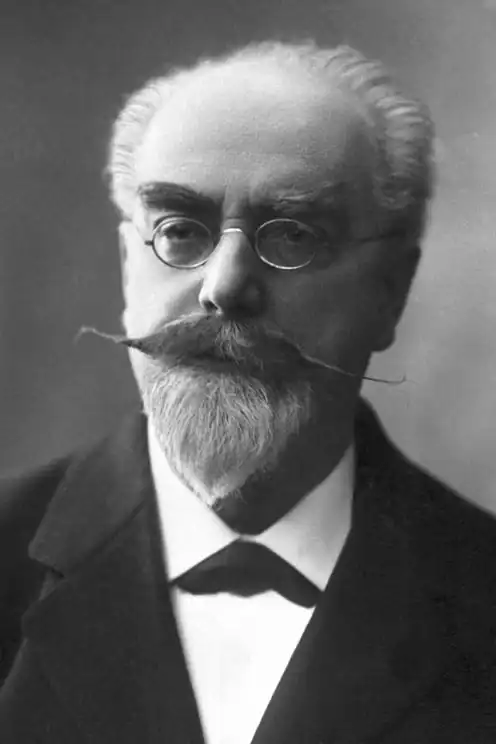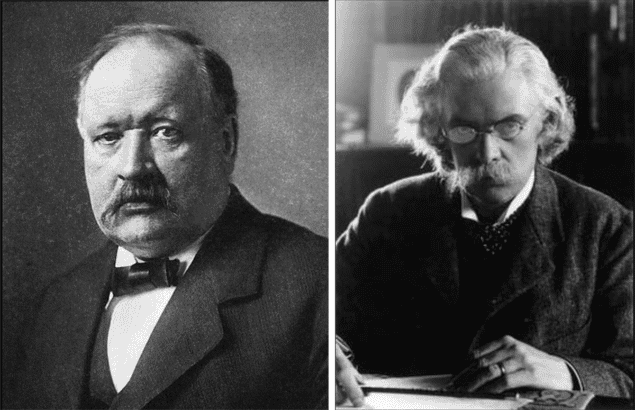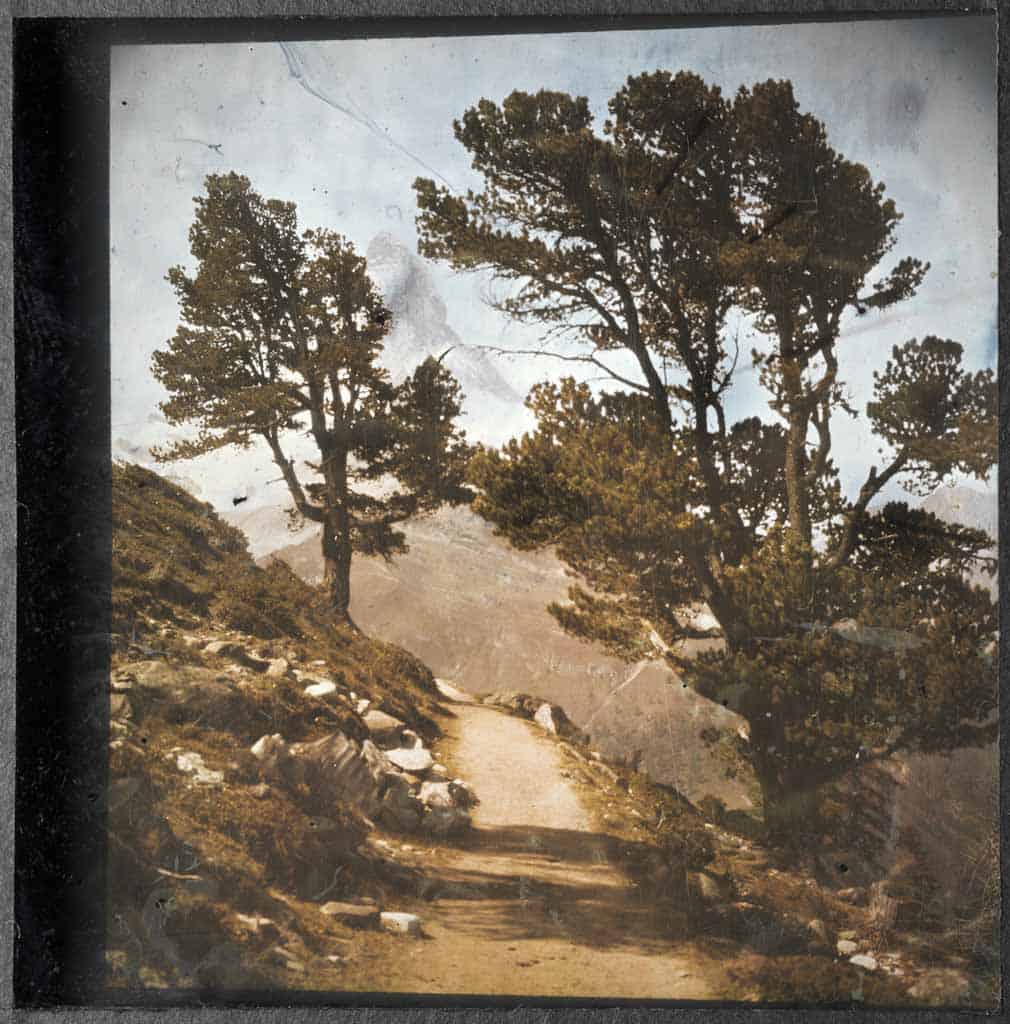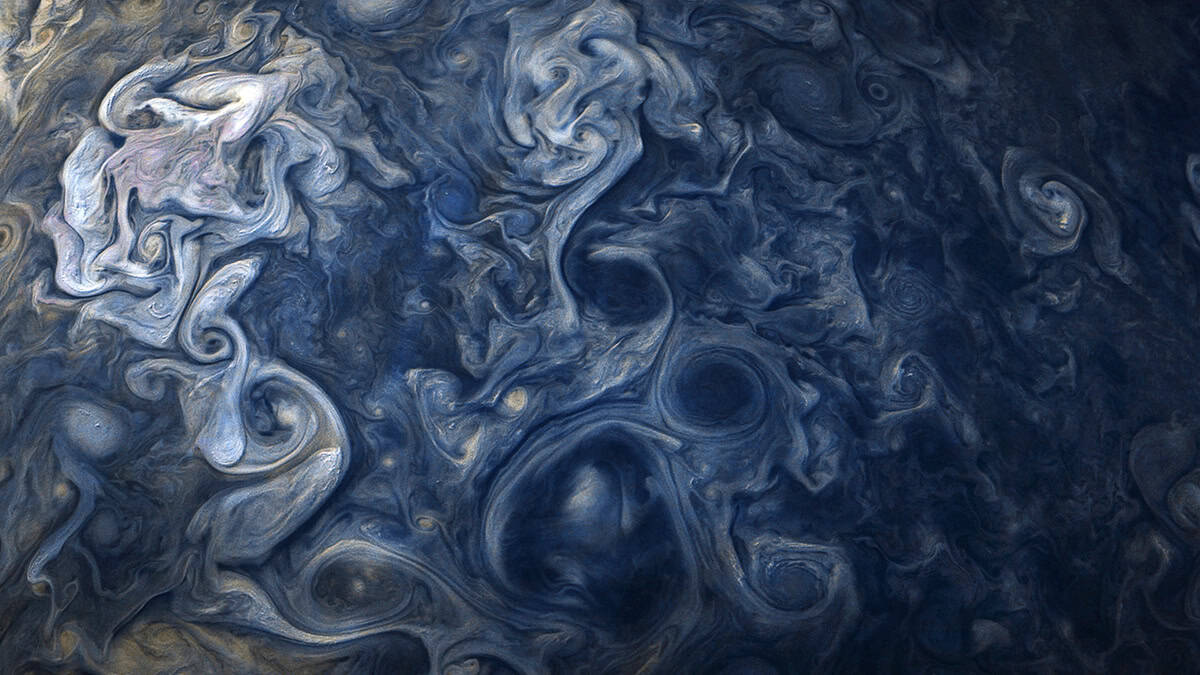Nobel prizes you’ve never heard of: how a Swedish inventor was honoured for a technology that nearly killed him
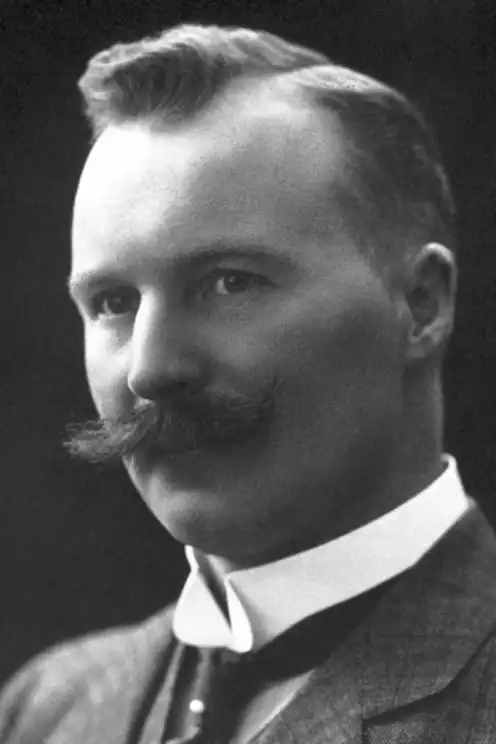
The winner of the 1912 Nobel Prize for Physics was, by some margin, the unlikeliest physics Nobel laureate in history. He wasn’t a physicist, for starters. He wasn’t even a chemist. He was an inventor by the name of Nils Gustaf Dalén, and the invention that won him the prize was closely connected – in more ways than one – to the industrial accident that almost cost him his life.
To understand why members of the Royal Swedish Academy of Sciences plumped for Dalén in 1912 over his more famous contemporaries (including such luminaries as Max Planck and Albert Einstein) it helps to know a bit about the man himself. Like Alfred Nobel, Dalén was Swedish, born in 1869 in the small farming community of Stengstorp. Located around 140 km north-east of Gothenburg, Stengstorp is now home to a museum in Dalén’s honour, but as a young man, he did not seem like museum material. On the contrary, he was incredibly lazy – so lazy, in fact, that he invented a machine to make coffee and turn the light on for him in the mornings.
This ingenious device brought Dalén some local notoriety, but his big break came when Sweden’s most famous inventor at the time, Gustaf de Laval, saw him demonstrate a device for measuring milk fat content. Encouraged by de Laval to attend university, Dalén sold his family’s farm and enrolled at what is now the Chalmers University of Technology. In 1896 he earned his doctorate, and after a year at ETH Zürich in Switzerland, he returned to Sweden to set up his first engineering firm.
A light in the darkness
The engineering challenge that set Dalén on the path to the Nobel was hugely important in a country like Sweden with a long, complex coastline. Years before the advent of GPS, or even reliable radio communications, lighthouses were the main way of warning ships away from danger. However, they were extremely expensive and hard to maintain. As well as needing 24-hour attention from skilled and hardy humans, they required huge amounts of propane fuel, necessitating frequent (and frequently dangerous) resupply trips.
The obvious way of reducing these costs was to make lighthouses burn something else. Acetylene was attractive because it could be manufactured in industrial quantities, and it produced a bright light when burned. Unfortunately, it was also highly explosive, meaning it couldn’t be safely bottled or shipped.
To tame the acetylene dragon, Dalén developed three separate inventions. The first was a combination of asbestos and diatomaceous earth that Dalén called “agamassan” after his company (Aktiebogalet Gasaccumulator) and the Swedish word for compound, massan. By filling a container with agamassan, wetting it with acetone and then forcing acetylene into the container under pressure, Dalén showed that the acetylene would dissolve in the acetone and become trapped within the agamassan like water in a sponge. Under these conditions, it could be shipped, stored and even dropped without exploding.
Having made acetylene safe to use, Dalén turned his hand to making it economical. His second invention was a device that automatically turned the acetylene supply on and off. This saved fuel and enabled the light to flash (distinguishing it from other light sources on the shore) without the need for cumbersome rotation mechanisms.
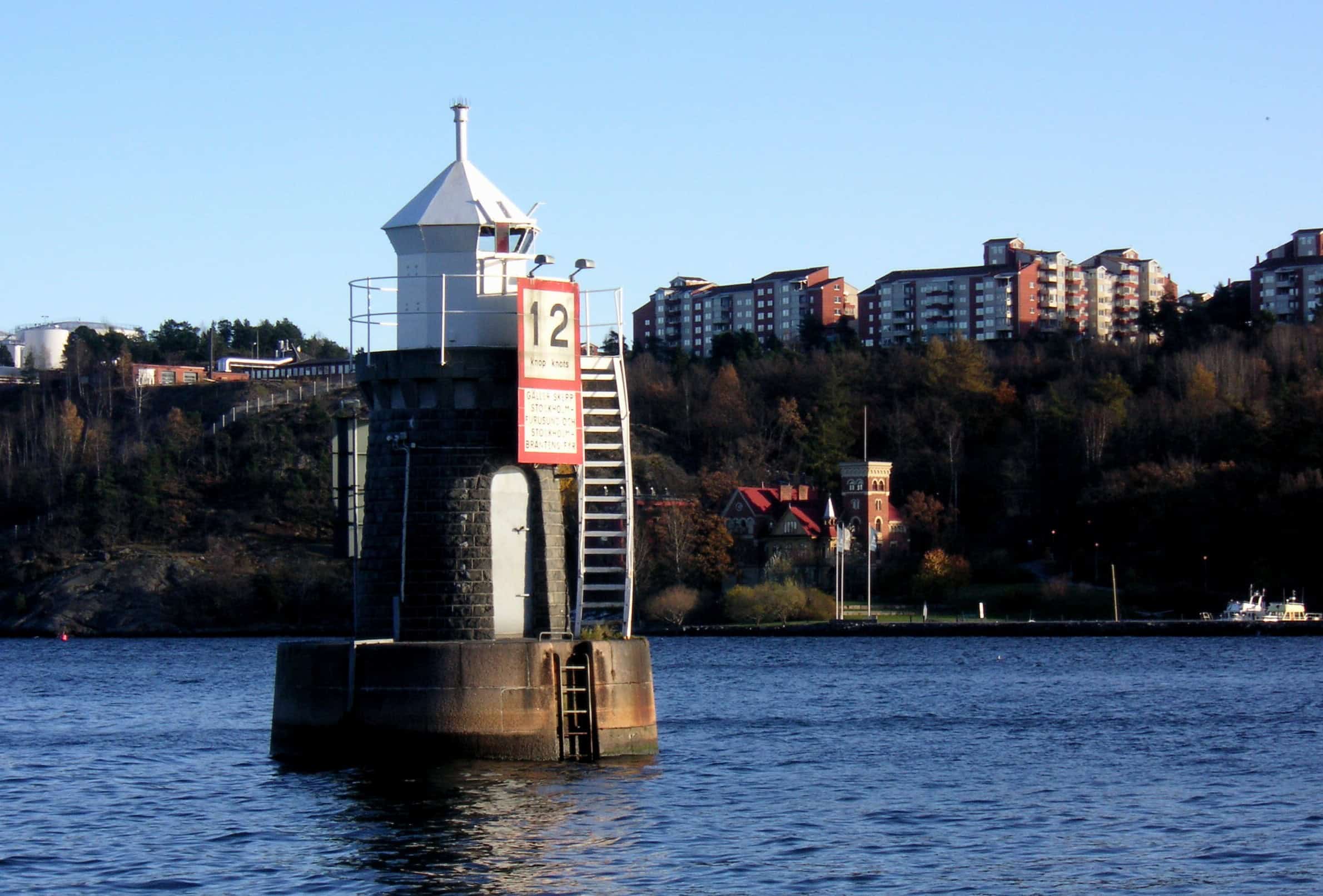
Dalén’s third invention enabled even greater automation. Rather than relying on human lighthouse-keepers to switch acetylene burners on at night and off in the morning, Dalén developed a valve that could do it automatically. This valve worked by means of a set of metal rods, one of which was blackened while the others were polished. When the blackened rod absorbed enough heat from the Sun, it would expand and close the valve. At dusk, or in foggy conditions, the blackened rod would return to the temperature of the others, contract, and open the valve.
Choosing a laureate
While Dalén was perfecting the use of acetylene gas for lighthouses, the Nobel Committee for Physics was getting on with its usual business of recommending candidates for the prize. In 1909 the committee suggested the radio pioneer Guglielmo Marconi and his academic counterpart Karl Ferdinand Braun. The wider Academy accepted this choice. In 1910 the committee recommended the father of modern molecular science, Johannes Diderik van der Waals, and he also won the Academy’s approval. In 1911 the quantum theorist Wilhelm Wien, whose joint nomination with Max Planck in 1908 provoked such bitter disputes that neither of them got the prize, finally got the nod from both the committee and the Academy (Planck would have to wait for his prize until 1918).
By the early autumn of 1912, there was every indication that the Academy would again accept the committee’s recommendation, which was Heike Kammerlingh Onnes, who had liquefied helium for the first time in 1908 and subsequently used it to discover superconductivity. Although Dalén had also been nominated, Mats Larsson, a physicist at Stockholm University who served on the committee between 2016 and 2023, says he wasn’t a serious contender.
“It’s clear from the report from the Nobel committee to the Academy that they recognize there is an importance to Dalén’s inventions, but it doesn’t reach the standard for a Nobel prize,” says Larsson. With only a single nomination from a member of the Academy’s technical section, Larsson adds, “Dalén is not even on the shortlist.”
An industrial accident
Then, before the Academy could vote, tragedy struck. On 27 September 1912, during an experiment so risky it was performed in a quarry rather than in Aktiebogalet Gasaccumulator’s Stockholm factory, an explosion left Dalén seriously injured. The next day, Sweden’s national paper of record, Dagens Nyheter, put the accident on its front page, describing Dalén’s face as “unrecognizable” and his right side as “horribly massacred and burned”. Though conscious and talking when taken to hospital, he was not expected to survive.
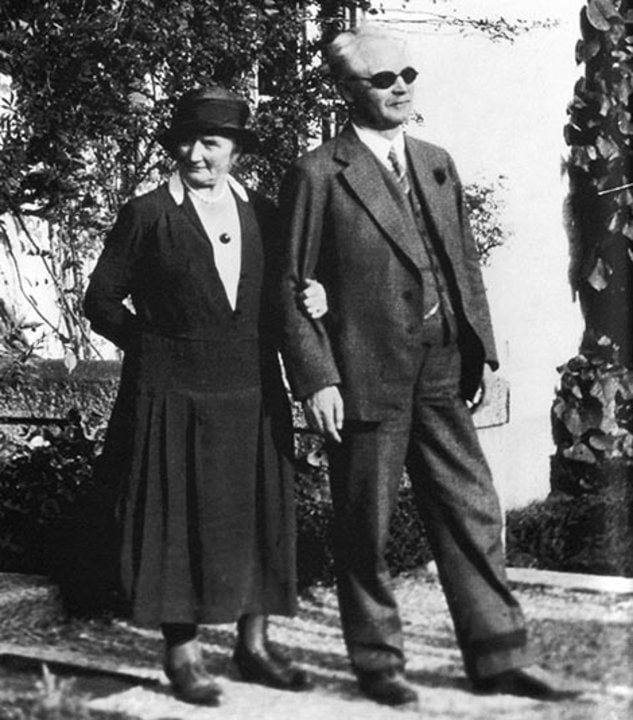
Nobel prizes cannot be awarded posthumously. If Dalén had died of his injuries, it is unlikely that his colleagues would have voted to honour him. But though Dalén’s doctors could not save his eyesight, they did save his life. By the time the Academy convened to vote on the 1912 Nobel prizes, he was recovering in the care of his family and very much on the minds of his sympathetic colleagues.
We don’t know exactly what happened next. “The material [in the Nobel archives] is very meagre,” Larsson explains. “It just says there was a vote and Dalén won the prize.”
Still, it’s easy to imagine that someone in the Academy must have pled Dalén’s cause. “This is our national hero who fought the war against ignorance and against darkness,” agrees Karl Grandin, who directs the Academy’s Center for History of Science. “And he loses his sight in the purpose of bringing light to the world. It was a symbolic thing.”
Dalén’s most enduring invention
Dalén was too unwell to attend the usual Nobel prize celebrations in Stockholm. Instead, he sent his brother, a physician, to accept the prize on his behalf. Eventually, though, he recovered well enough to resume his duties at Aktiebogalet Gasaccumulator. In time, he even returned to inventing. And herein lies the final twist in his story.
During his convalescence, the blind Dalén noticed something that had apparently escaped his attention when he could still see. His wife, Elma, worked very hard around the house, and cooking for him and their four children was especially tiresome. It would be much easier, Dalén decided, if she had a device that could cook several dishes at once, at different temperatures.
In 1922, ten years after losing his sight and winning the Nobel prize, Dalén unveiled the invention that would become his most enduring. Named, like agamassan, after the initials of his company, the AGA cooker is still sold today, bringing warmth to kitchens just as its inventor brought safe, effective and economical illumination to lighthouses. Gustaf Dalén may be the least likely physics Nobel laureate in history, but it would be facile to dismiss him as undeserving. After all, how many other physics laureates can boast of saving hundreds of thousands of lives at sea, while also relieving the drudgery of hundreds of thousands back home?
The post Nobel prizes you’ve never heard of: how a Swedish inventor was honoured for a technology that nearly killed him appeared first on Physics World.
